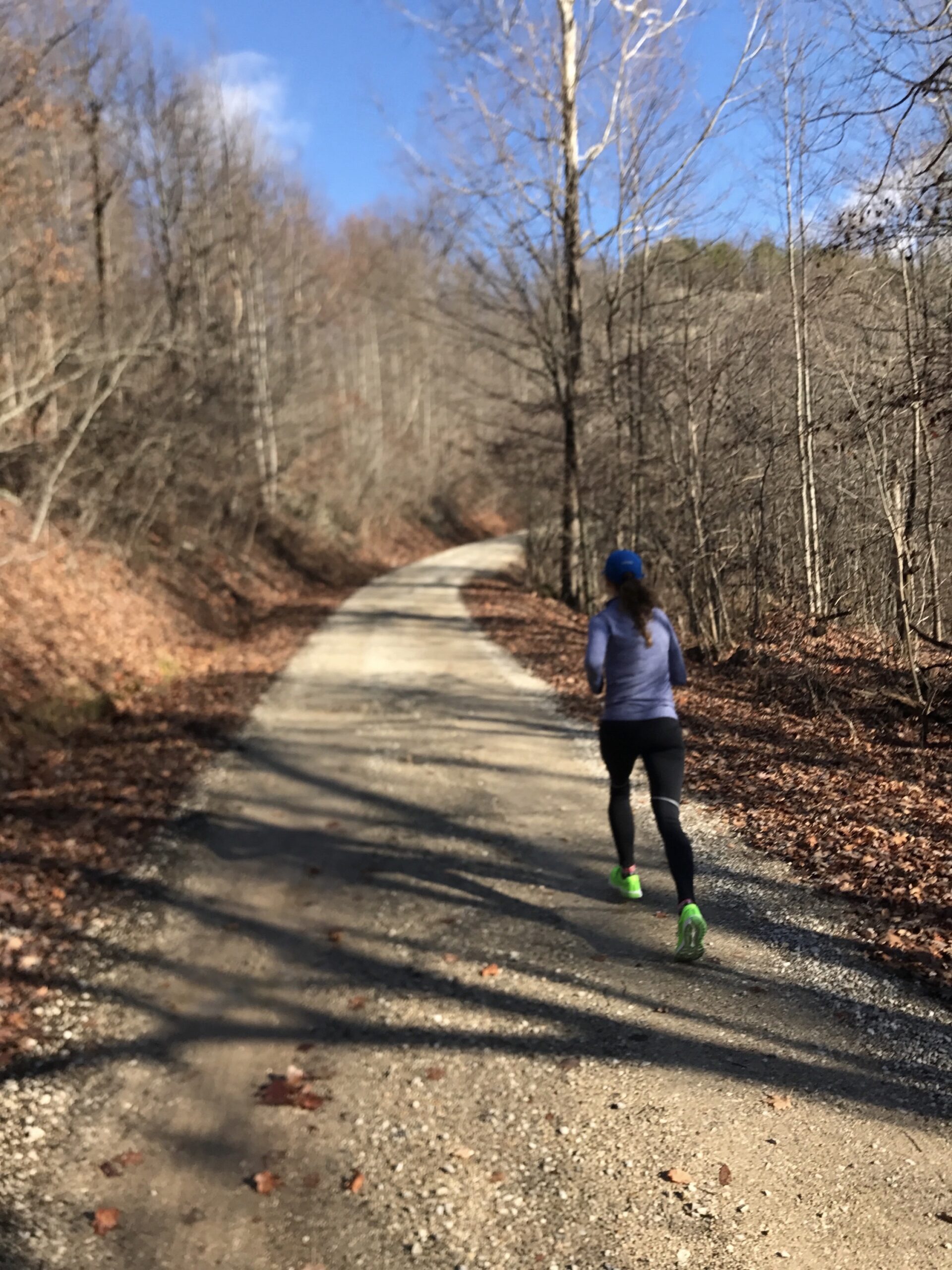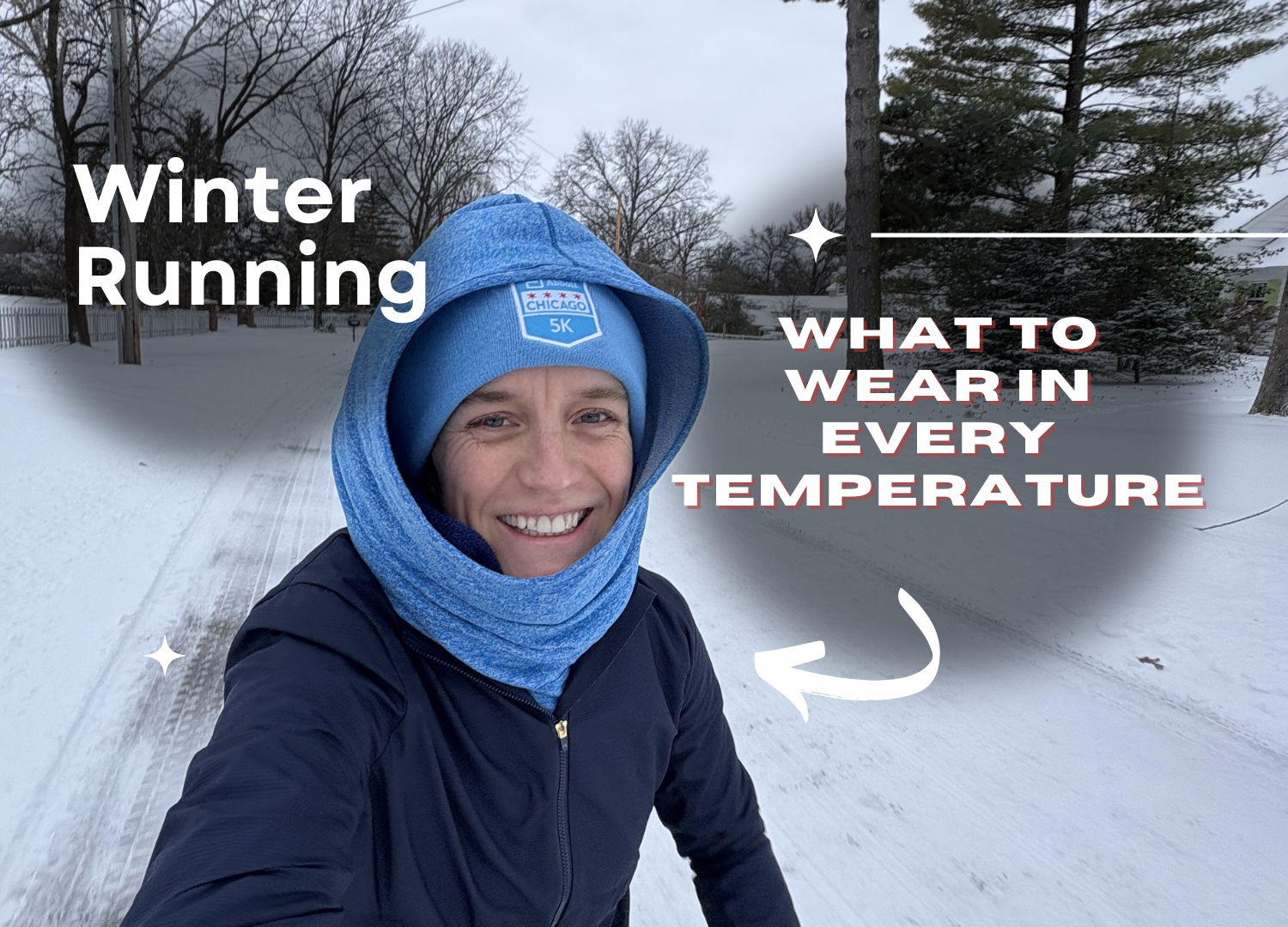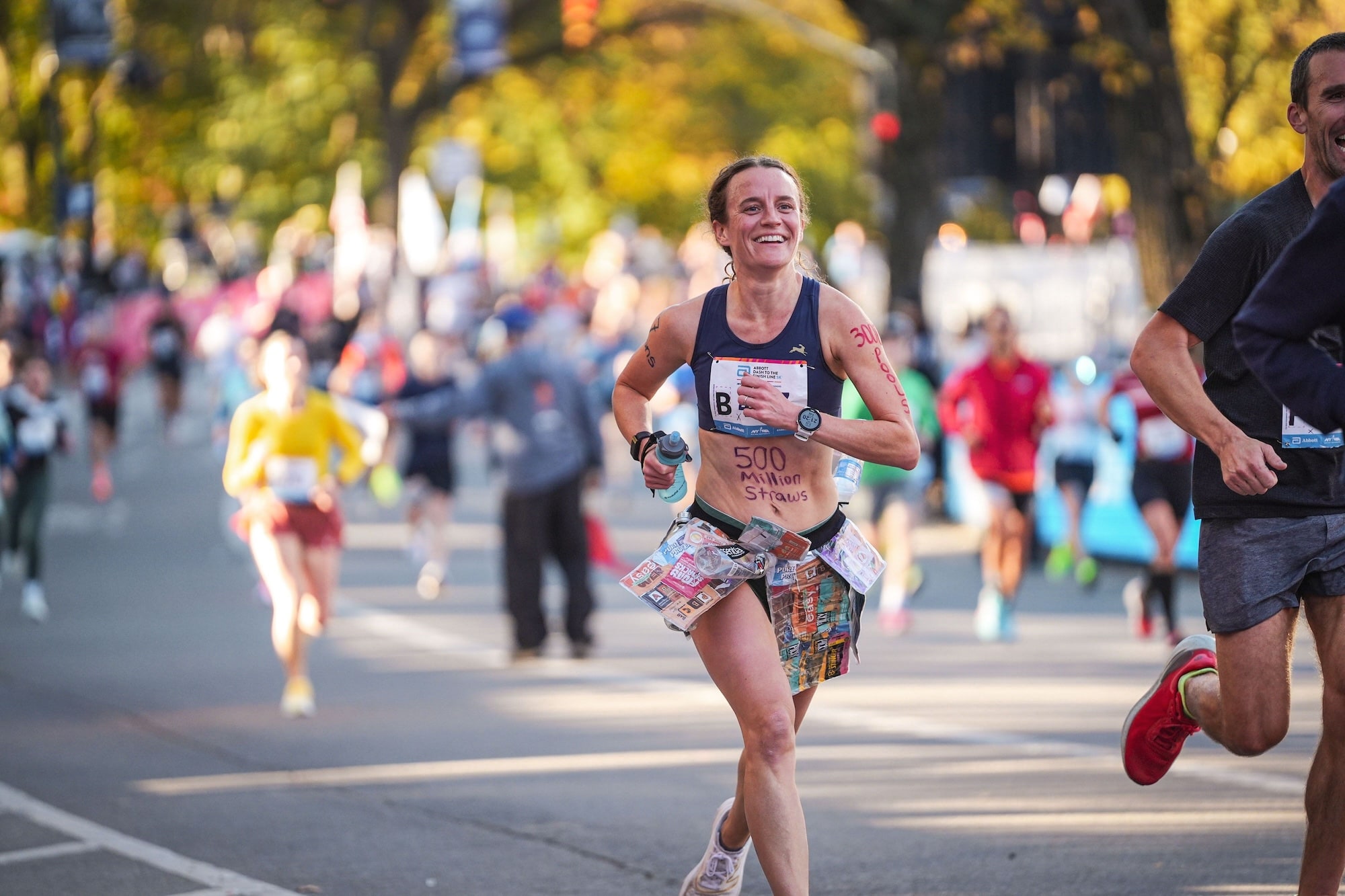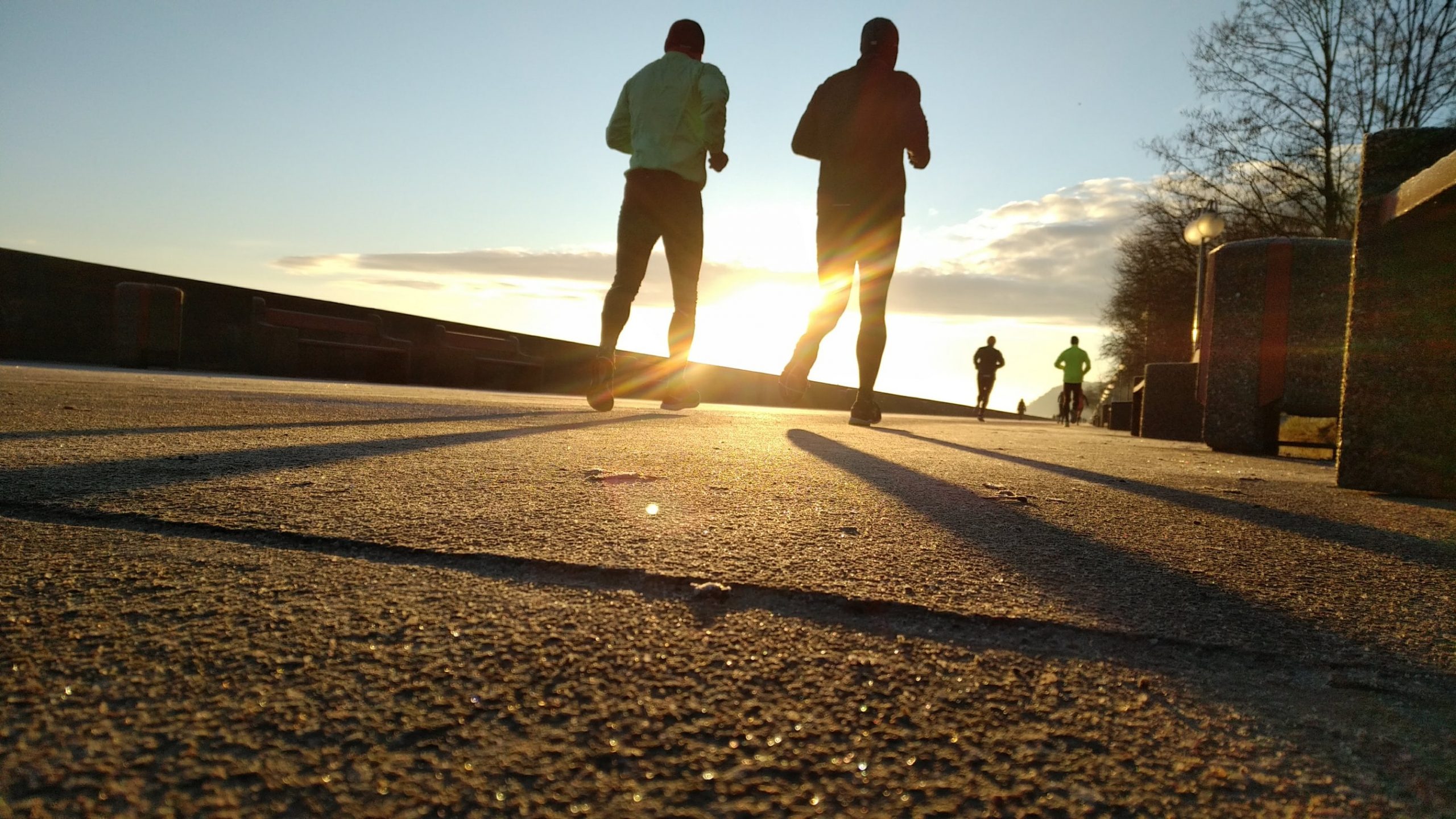I talk a lot about running by effort, instead of by pace, but I know that can seem kind of vague, so I’m going to break it down for you here.
Let’s think about training in terms of a scale of 1-10, where 1 would be a very light jog you would use in between repeats, or how you would run if you were waiting to cross a road at a traffic light. A pace that is so easy, you are literally barely moving.
Just for some perspective:
For me, that is around 3-4 minutes per mile slower than my marathon pace, or 4-5 minutes slower per mile than my 5k pace.
On the other end of the scale, a 10 would be your final 400m of a race. “Balls to the wall.” All out. “Everythin’ you got” (to quote my favorite Rocky Balboa movie!).
Now, sit down and break the rest of your training down between the rest:
An easy, recovery run (most of your training!) should sit at a 3/10 effort.
Now, think for a moment about how far away that is from a 10.
That means most of your training should not be halfway to your all out effort, it should be only 1/3 of your all out effort.
Steady state runs, where you are breathing a little hard, you have to use some effort to maintain, but feel strong, will sit at a 5/10.
The first half of a marathon, first 5-6 miles of a half marathon, or first mile of a 5k will sit around a 7. A pace you could hold for 1-4 miles. Most of my workouts end up around this effort level.
Efforts 9 and 10 are reserved for races only, and I will only touch an 8/10 for the final few minutes of a hard training day.
How to use the effort scale
I will give you an example of some of my runs to show you where my training falls on the scale.
Recovery runs sit at a 3, as does the warm up for any hard workout days.
On recovery runs where I feel pretty good, I am able to move into a 4 and run a little faster, but still breathe very comfortably, still using the tips I mentioned before about how to know if you are running easy enough.
My long run, I spend most of the time at a 3-4, with the final 3-4 miles sitting at a 5.
Workouts might go like this:
Speed day: 4 miles of 400m-800m repeats
1.5 mile at 6 effort
3x800m at 7 effort
4x400m at 7-8 effort
Longer repeat day: 8.5 miles of 1 mile to 3 mile repeats
3 miles at 5-6 effort,
3 miles at 6-7 effort
1.5 miles at 7 effort
1 mile at 7-8 effort
Why is effort based training better than using paces?
I know what you are thinking:
Why would I use this, rather than specific paces? I need to run my race pace. I need to get my body ready for the race, and if I can’t do it in training, how am I going to do it in a race?
Well, maybe your self doubt is sabotaging things for you.
Maybe you could be training EVEN FASTER than your paces, but if you saw the clock, you would panic and think it was only a matter of time before you blew up.
Guilty. I do this whenever I see a time that is too fast.
Whereas, if you just ran by effort, you could have trained all your workouts faster than you think, and then come race day, you turn that GPS pace away from your wrist, and SMASH your race day goal, as you allowed your body to truly run its potential!
If you have been following paces, and feel strong, confident, ready to go for your race, this is not going to be the best thing for you. By all means keep going with your paces.
Actually, that’s a lie, I believe everyone could benefit from this type of training, but if things are going great for you, you don’t need to listen to me today. Save this post for a day you need it (if ever!)
But:
If you have been struggling in training lately, if you have been wondering why you are getting slower, if you have been really having a hard time with your mental training and toughness, well, I would encourage you to join me and use effort based training for a little while.
At the end of the day, this type of training will test your mental strength in a different way. It will force you out of your comfort zone, as you are not able to rely on the GPS to tell you that you are running the right pace, and that will make you feel stressed for a few runs, BUT I guarantee you, you will learn to listen to what your body is telling you.
You will learn to trust yourself more, and build your confidence, as you know that you are doing your best, and that really is all we can do in running.
Step away from the technology (remember, you do not have to remove it, you can still wear that GPS watch, just don’t look at it during your training). You can still log it on Strava or in your training log, but let the running take care of itself during the actual run, and THEN go back and look (if you need to).
If you cannot resist looking, then it is time to bring out the watch.
Convert your distances of repeats into time. If you have 6 x 1 mile at 9 minute pace, convert that to 6 x 9 minutes of running. For reference, I would say that kind of workout should have you working around a 6/10 for the first 3 repeats, 7/10 on the next 2 repeats, and the final one creeping into an 8.
If you have an easy, recovery run of 6 miles that usually takes you an hour, run for an hour (or if you really need to, add a few minutes to make sure you get the distance).
You will find that you end up with less injuries, you feel better on the hard days, and your confidence SKYROCKETS as you know you are doing all you can to run well, and that will give you a peace of mind to know there is nothing more you can do.
Let race day be the day you really find out how strong you are, the training is just the journey you use to get to that point.
Believe in yourself, my friends, and let your strength shine through.
Oh, and download that cheatsheet above, I broke it down into each of the 10 levels and what type of runs will fit into each. It should be really helpful…












